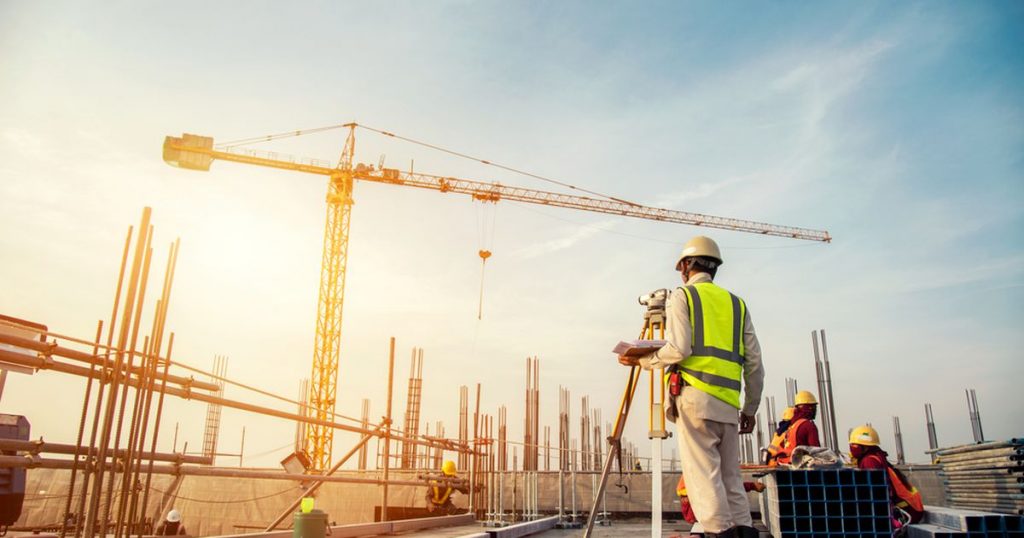The construction industry grew 2.5 percent at a monthly rate in the second month of the year, and this was the highest increase since October 2020, based on INEGI data. Additionally, this was his best number for February since 2015.
However, in yearly comparison, construction is still lagging behind, posting a decrease of 5.3 percent, and adding 25 months in negative territory.
Developments in construction and mining offset declines in manufacturing and in electricity, gas and water services, and allowed a 0.4 percent monthly advance in industrial activity.
The construction sector was driven by a 3.6 per cent increase in the construction sector, while civil engineering works fell 0.5 per cent, and specialized construction jobs decreased by 0.4 per cent.
Markus Arias, an analyst at Monex, noted that the most notable data has been the increase in construction, which has traditionally represented 15 percent of the total secondary sector and nearly 65 percent of total construction. However, this part remains one of the sectors most affected by the epidemic.
“The perspective in the construction sector is that it will maintain the recovery throughout the year, but it will have a statistical benefit in particular, because it is one of the sectors hardest hit by the epidemic;” Carlos Hernandez, senior analyst at Masari Casa de Bolsa, said, “On yearly terms, there are records of significant lag. So it’s normal to see a monthly expansion.
It was a positive surprise as we were still expecting very negative data due to the fact that in the first half of the month we had red traffic lights and in the other half affected the disruption of gas and electricity supplies. Moreover, the comparative base is relatively low compared to February of last year, said Ernesto O’Farrell, president of Grupo Bursamétrica.
The construction is expected to continue “in a stalemate in spending, but we do not expect a major recovery. The businesses that the Federal Government badges are working on and some projects that have been discontinued have started, and we do not see much incentive for strong growth.”
Miguel González, Coordinator of the Center for Financial and Public Financial Studies (CEFI) of the United Nations Mission in Namibia, indicated that total fixed investment has begun to recover, which is being adapted to health measures.
“We must not forget the effects of reactivating road construction that was suspended over the past year, as well as the Dos Bocas refinery, and the acceleration of airport construction,” he said.
Panorama improvement
The Monthly Industrial Activity Index (IMAI) advanced 0.4 percent at a monthly rate in February, its biggest advance in three months.
Mining grew by 2.3 percent and in the generation, transmission and distribution of electricity, water and gas supplies, a decrease of 3.8 percent was reported, while the manufacturing industry declined by 2.1 percent, and two months were linked to setbacks.
“We expected the industrial sector to be a small burden on the economy during the first quarter as a whole, but that now appears unlikely,” Nikhil Sangani, Latin American economist at Capital Economics, said in a report.
He noted that assuming industrial production reversed its losses in March, industrial production is expected to add about 0.3 percentage points to GDP in the first quarter, in the seasonally adjusted series.

“Problem solver. Proud twitter specialist. Travel aficionado. Introvert. Coffee trailblazer. Professional zombie ninja. Extreme gamer.”




More Stories
Below is the schedule of pension payments as of July 2022. Find out what benefits you will get after the changes [17.07.2022]
Overview of the new electric sports cars for the Hyundai Ioniq 5 N and Ioniq 6 N
Portugal has launched a floating solar power plant. It is the largest structure of this type in Europe – Economy